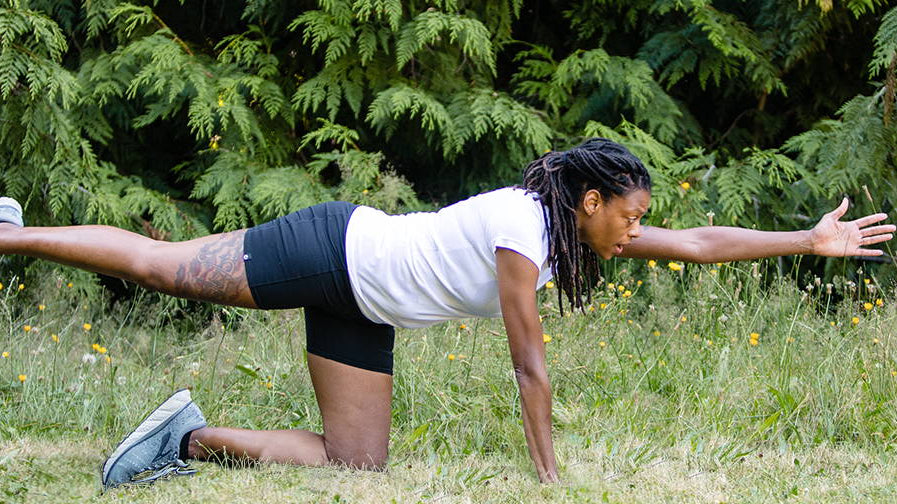I always kind of knew my heart rate was high. In college, our coach would have us check our HR before the start of intervals to assess recovery (the 6-second/multiply by 10 quick method). Mine was always way higher than my teammates; I quickly learned to just add 10 to what my training buddy said so I didn’t get held from an interval.

In 2013 I had been back running (as a master) for about 3 years after a loooonng hiatus. I was generally having fun, but feeling fragile. As in, I would get a twinge after a run and be out 3 weeks. And some days I would have a really hard time getting out the door or would take the day off, but be uncertain if I was being weak or being prudent. Two of my running buddies, Mason and Robyn, used heart rate monitors…and they both encouraged me to give one a try. And then my new coach Fleshman wanted me to get one as well. Having never used a GPS watch or a HR monitor, I was not too excited to become dependent on technology…but I made the jump.
My first run with the HR monitor in early 2013 was pretty shocking. Starting out at approximately 8 min pace my HR immediately jumped to 176 and pretty much stayed above 170 for the entire “easy” run. I knew enough to know that seemed too high for a 43 yo woman. I picked up a book called “Heart Rate Monitor Training for the Compleat Idiot” by John Parker and got to work.

By trial, error, and some aggressive hill running I guessed that my max HR was 197-ish and my lactate threshold was 192-193. And that my “easy runs” by feel were mostly in the 167-175 range. These values seemed too high, and my lactate threshold too close to my max HR, so I confirmed by VO2/ lactate exercise test and, yes, that lactate threshold and max HR were accurate. I then did a complete re-vamp of my training with these principles:
1. Keep true recovery runs (at least 2 runs per week) at 65% of HR exercise capacity: .65[max HR – resting HR] + resting HR. This is very difficult for me. I try to keep recovery runs under HR 153. At first I had to walk up any incline to make that happen, and run close to 9:15 min pace. Over time I have been able to get back close to 8-8:15 pace on some days, but only if I don’t talk or go up any incline at all.
2. Do 3-4 all-out 150m sprints every 10 days to push lactate threshold down, to help create a power zone above the lactate threshold.
3. Play with lactate threshold to work those zones more effectively. I now do some HR-only tempos, like 3x (3min at 178-182, 3 min at 182-186, 3 min at 186-190). The challenge then is how fast I can go at those heart rates; incrementally faster paces in those same zones demonstrate a validating training effect.
BENEFITS
1. I don’t dread recovery runs any more! Except it is difficult to run with friends who are used to training faster.
2. I definitely recover from workouts more effectively and leave effort to my hard effort days.
3. When I am not recovering well, my HR immediately gives me a warning to modify my training.
4. It is really gratifying and confidence building to have solid evidence of improved fitness, not just a “I handled this pace well” but “my heart rate was 5 beats lower at this same pace!!
Cool HR recordings and HR data from workouts, and this Moneghetti workout!


CAVEATS
1. HR monitor chafe…comes and goes, I have tried every strategy in the book, but now I just accept it.

2. I sometimes ignore my HR monitor when running (especially with friends). If I get excited, or talk, or think about racing, or have any caffeine my HR is unreasonably high.
3. I don’t use HR data for VO2 max and faster intervals, other than to provide information on recovery intervals.

4. Sometimes I wear my HR monitor in races, but I don’t look at it during the race. I haven’t found that it is a useful guide for paces in race settings when my adrenaline is flowing.
Tweet me at @drlesko if you have questions!











